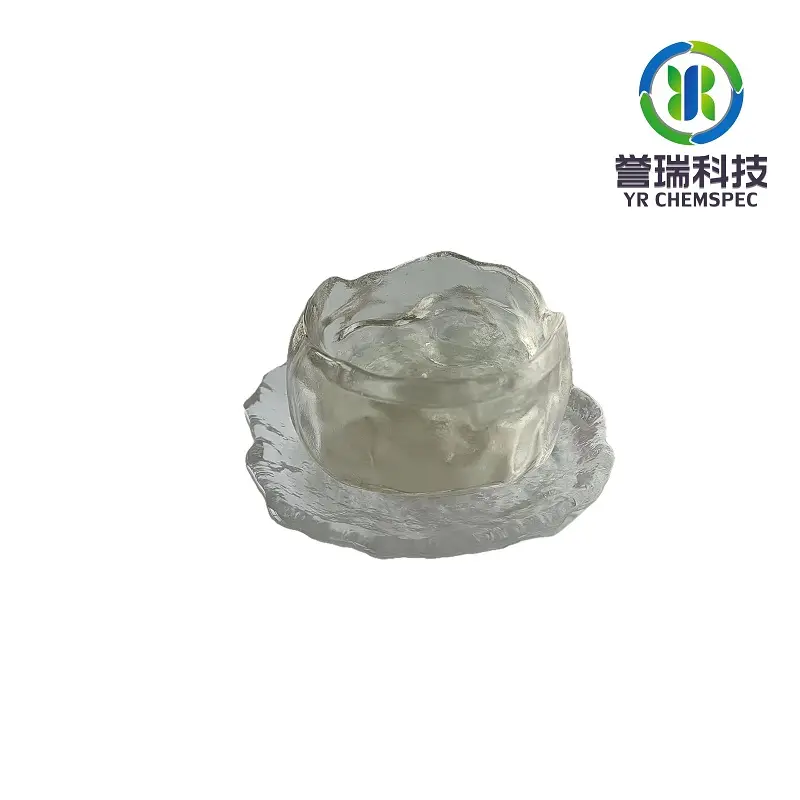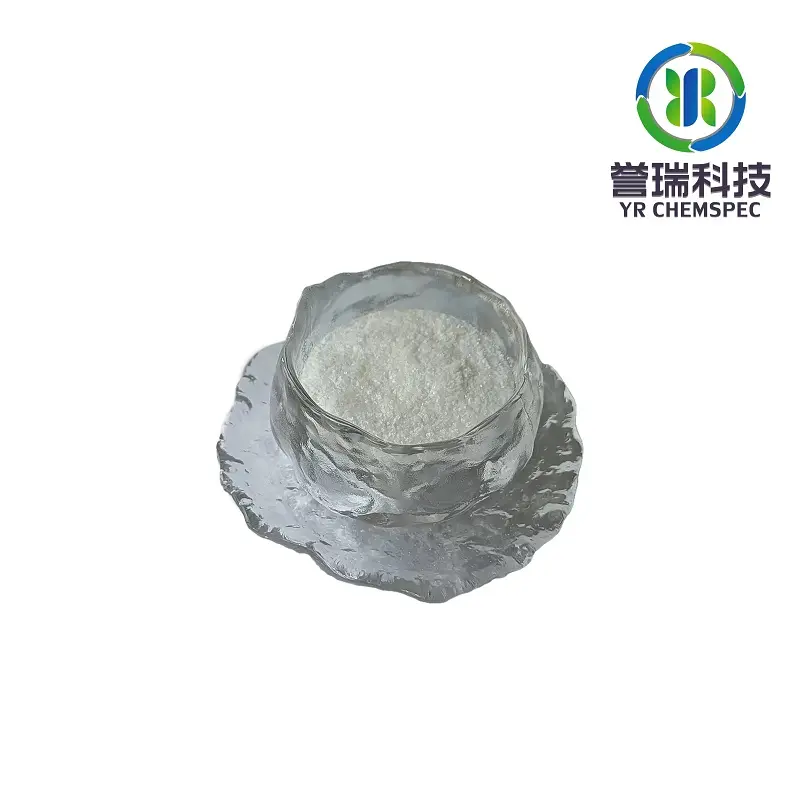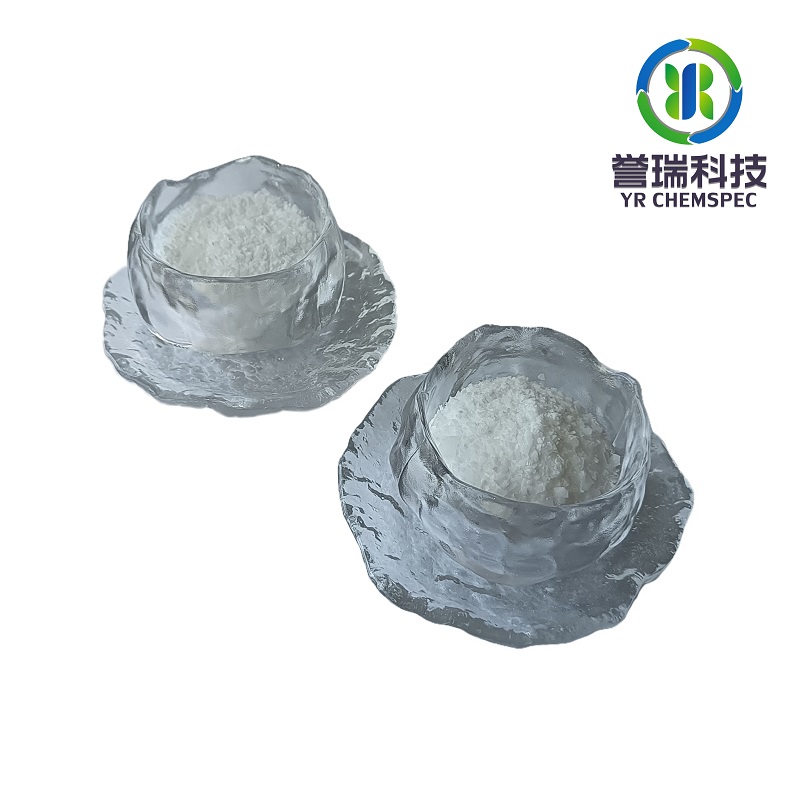
-
Vitamins
- Ascorbyl Tetraisopalmitate
- Ethyl Ascorbic Acid
- Magnesium Ascorbyl Phosphate
- Sodium Ascorbyl Phosphate
- Ascorbyl Glucoside
- Ascorbyl Palmitate
- DL-Panthenol
- D-Panthenol
- Natrual Vitamin E
- Tocopheryl Glucoside
- Tocopheryl Glucoside Solution
- Hydroxypinacolone Retinoate
- Hydroxypinacolone Retinoate 10%
- Nicotinamide
- Biotin
- Coenzyme Q10
- Fermented Actives
- Plant Extracts
- Polymers
-
Peptide/Collagen
- Fish Collagen Peptide
- Hydrolyzed Type II Collagen
- Hydrolyzed Pea Peptide
- Hydrolyzed Keratin
- Palmitoyl Tripeptide-1
- Trifluoroacetyl Tripeptide-2
- Palmitoyl Tripeptide-5
- Palmitoyl Tetrapeptide-7
- Acetyl Hexapeptide-8
- Tripeptide-10 Citrulline
- Palmitoyl Tripeptide-38
- N-acetyl Carnosine
- L-Carnosine
- Glutathione
- L-Glutathione Oxidized
- Emulsifier
- Food Additives/Dietary Supplements
- Other Active Ingredients
- Solvents/Intermediates
Magnesium Ascorbyl Phosphate
Magnesium Ascorbyl Phosphate is a very stable vitamin C derivatives(L-Ascorbic acid mono-dihydrogen phosphate magnesium salt)which does not degrade in formulas containing water.In skin care products,Magnesium Ascorbyl Phosphate is used for UV protection and repair,collagen production,skin lightening and brightening,and as an anti-inflammatory.It is also a potent antioxidant.It is considered an excellent non-irritating sakin whitening agent that inhibits skin cells to produce melanin and lightens age spots,and is a great alternative to Quinone.Magnesium Ascorbyl Phosphate is a also a potent anti-oxidant that can potect skin from oxidation and UV rays,and is used as an anti-inflammatory(source).It can improve appearance of aged and fragile skin.Widely used as add-on ingredient in skin-lightening products to correct hyperpigmentation and age spots.Antioxidant effect can be increased by combining Magnesium Ascorbyl Phosphate with L-Ascorbic acid and/or vitamin E.
Key Technical Parameters:
| Description | White to the pale yellow powdery (odorless) |
| Assay | ≥98.50% |
| Loss of Drying | ≤20% |
| Heavy metals(Pb) | ≤0.001% |
| Arsenic | ≤0.0002% |
| PH(3%aqueous solution) | 7.0-8.5 |
| State of solution(3% aqueous solution) | Colorless to pale yellowish transparent |
| Color of solution(APHA) | ≤70 |
| Free ascorbic acid | ≤0.5% |
| Free Phosphoric acid | ≤1% |
| Ketogulonic acid and its derivatives | ≤2.5% |
| Derivatives of ascorbic acid | ≤3.5 % |
| Chloride | ≤0.35% |
| Total aerobic coumt | ≤100 per gram |
Applications:
*Suncare and after-sun products
*Makeup products
*Skin lightening products
*Anti aging products
*Creams and lotions
Benefits:
*Easily formulated in skin care products
*Easily hydrolyzed to ascorbic acid in the skin by enzymes (phosphatase)
*Non-irritating and more stable than vitamin C
*Widely used in various cosmetics to prevent from dry skin, sunburn,chloasma and phelides, and to maintain a healthy skin
*Eliminate oxygen free radicals, which have wrinkles, anti-aging function
*Synergistic effect with Vitamin E
Vitamin C
Nowdays Various vitamin C derivatives are used in cosmetics for external use . Pure vitamin C, ascorbic acid or also called L-ascorbic acid (ascorbic acid) has the most direct effect.In contrast to the other variants, it does not first have to be converted into the active form. Studies show that vitamin C supports collagen synthesis and fights free radicals. It is also effective against acne and age spots by inhibiting tyrosinase. However, ascorbic acid cannot be processed into a cream because the active ingredient is too susceptible to oxidation and decomposes quickly. Therefore, preparation as a lyophilisate or administration as a powder is expedient.
In the case of a serum containing ascorbic acid, the formulation should have a strictly acidic pH value to ensure the best possible penetration into the skin. The administration should be an airtight dispenser. Vitamin C derivatives that are less skin-active or more tolerable and that remain stable even in cream bases are particularly suitable for sensitive skin or the thin eye area.
It’s well known that a high concentration of an active ingredient does not mean a better care effect. Only the careful selection and the formulation adapted to the active ingredient ensure optimal bioavailability, good skin tolerance, high stability, and the best possible product performance.
Vitamin C Derivatives
|
Name |
Short Description |
|
Ascorbyl Palmitate |
Fat Soluble Vitamin C |
|
Ascorbyl Tetraisopalmitate |
Fat Soluble Vitamin C |
|
Ethyl Ascorbic Acid |
Water Soluble Vitamin C |
|
Ascorbic Glucoside |
Connection between ascorbic acid and glucose |
|
Magnesium Ascorbyl Phosphate |
Salty ester form Vitamin C |
|
Sodium Ascorbyl Phosphate |
Salty ester form Vitamin C |
- Previous: Sodium Ascorbyl Phosphate
- Next: Coenzyme Q10
*An Industry-University-Research Collaborative Innovation Company
*SGS & ISO Certified
*Professional & Active Team
*Factory Direct Supplying
*Technical Support
*Small Order Support
*Broad Range Portfolio of Personal Care Raw Materials & Active Ingredients
*Long Time Market Reputation
*Available Stock Support
*Sourcing Support
*Flexible Payment Method Support
*24 hrs Response & Service
*Service and Materials Traceability


 Send Email
Send Email Skype
Skype









